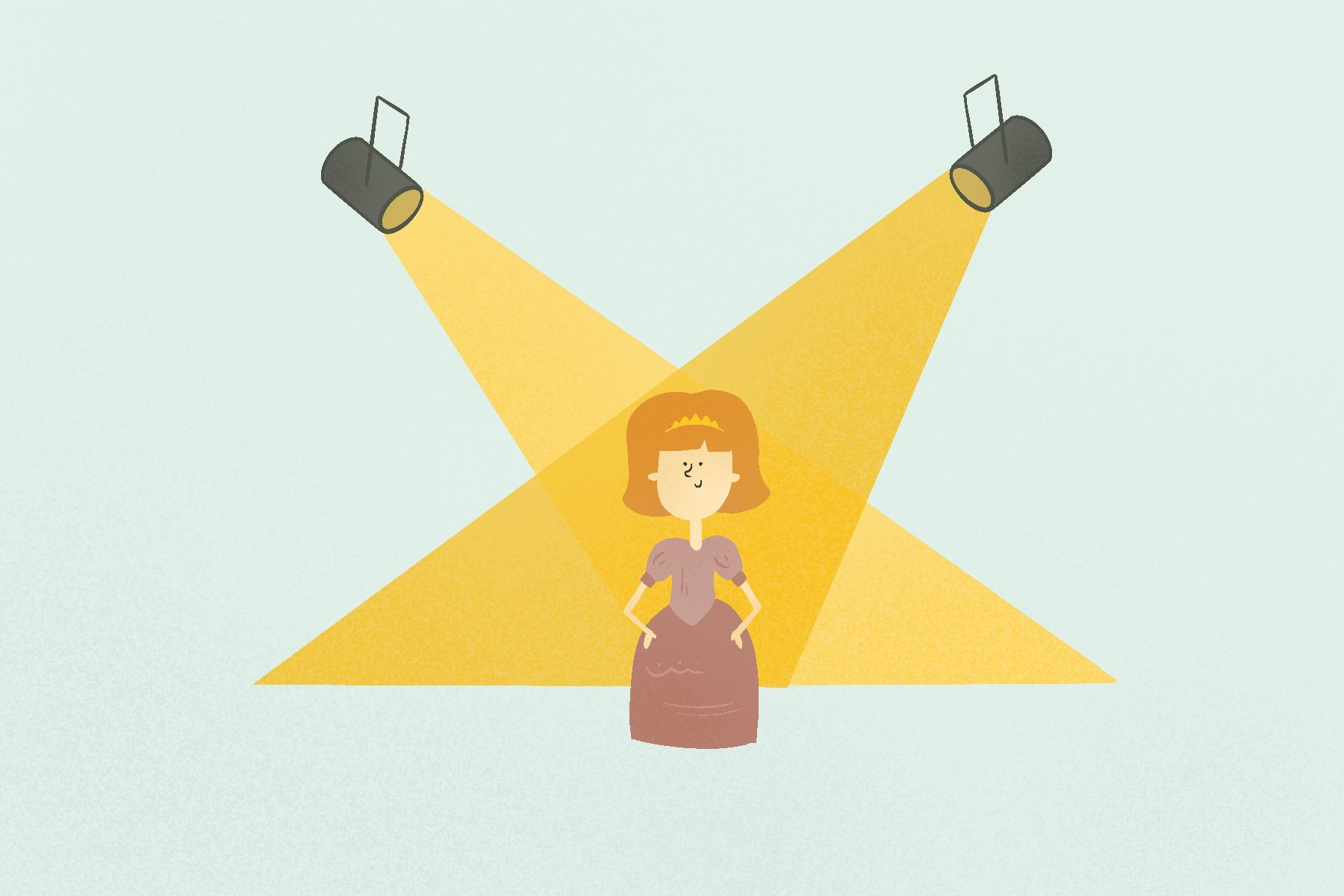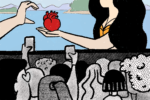A world of glitz and glam, beauty pageants captivate the interest of thousands of young girls and their mothers every year. TLC’s now-canceled show “Toddlers and Tiaras” chronicles the process of these young girls’ preparations for their beauty pageant competition and exposes the sometimes-ugly reality masked by more makeup, hairspray and glitter than ever thought possible.
The children’s beauty pageant circuit is long-lived, and there have been beauty pageant queens across the country for decades. The original basis for what we now recognize as beauty pageants in the United States stems from a practice put into place alongside the roots of our country. This is explained in an article published by PBS, which emphasizes the importance of women participating in May Day celebrations as symbols of bounty and community ideals. However, the exhibitions of ringmaster Phineas T. Barnum most closely resemble the reality of the pageant world today. Following many failed attempts to garner public attention from displays of young women in his New York City “dime” museum, he turned his attention to photographing and displaying these women in a museum to be voted on by the public.
For those who don’t know anything about the beauty pageant world, “Toddlers and Tiaras” is a comprehensive look into the underlying truths that remain embedded in the tradition of pageantry. Inspired by Barnum’s works, today’s pageants have kept steady with the idea of “showcasing” young girls to be judged based on their appearances. Most often there are several categories in the competition, including beauty, talent and headshot photographs, while all the participants are further split into their appropriate age groups. For most young pageant-goers, their performance on the stage brings immense pressure as they fight for the main crown, whether it be for themselves or for the wishes of their parents.
The controversy surrounding “Toddlers and Tiaras” places a lot of attention on the pageant competitors’ parents. It is not uncommon to witness a very high-pressured and unhappy relationship between the parent and child, which is not only difficult to witness as a viewer but also brings into question the ethics of the pageant circuit in general. Martina M. Cartwright, Ph.D., in an article for PsychCentral, states that “high-glitz child pageants often have little to do with the child and much more to do with satisfying the needs of the parents.” She goes on to address the dangers that these pageants can have on children’s mental health and self-esteem, exacerbated by a need to obey their parents and fulfill their expectations.
A standout feature in “Toddlers and Tiaras,” Alana Thompson, famously known as “Honey Boo Boo,” has garnered international attention for her appearances on the show. However, her public reception has been far from positive. Honey Boo Boo’s mother, Shannon Thompson, has also come under scrutiny for her role on the show, focusing on her treatment of her daughter throughout the competition. There has been much controversy regarding her parental practices. Many were appalled at “Mama June,” as Thompson is colloquially known throughout “Toddlers and Tiaras,” and her willingness to give her child what she called “pageant crack” — a mixture of Mountain Dew and Red Bull alongside a giant-sized Pixie Stix. Negative connotations of the name aside, said “pageant crack” became a major point of contention within the show, with many viewers arguing that it is immoral and abusive to feed a young child such substances.
Unfortunately for the Thompsons, their media scrutiny did not end with their time on “Toddlers and Tiaras.” In October 2014, Shannon Thompson came under fire for allegedly dating a registered sex offender who had abused one of her relatives in the past; Thompson, in turn, put her four young daughters — specifically Alana — in immense danger, says an article published by The Wrap. While Thompson denies such claims, the threat of abuse and endangerment to Alana raised questions about the validity of her time on the beauty pageant circuit.
This is not the first time that worries of child abuse and sexualization have circulated through the pageant community, both on and off the stage. Many argue that pageants are means of child exploitation and sexualization, especially considering that many of the contestants are under the age of eight. In “Toddlers and Tiaras” specifically, the seemingly toxic families are the ones that get the most attention. Because it is so shocking, people are not able to turn away, thus contributing to the overall success of the television show itself. According to CNN, some of the most notable scandals include released footage of a 3-year-old girl dressed as the prostitute played by Julia Roberts in the film “Pretty Woman,” and a little girl dressed as Dolly Parton, her look complete with a padded bust and rear.
The issue of sexualization of these young pageant stars is not a new issue, but it is one that needs to be addressed if the pageant circuit intends to keep the public’s interest. Unfortunately, many people’s first introduction to the pageant world came in 1996 with the murder of 6-year-old pageant queen JonBenet Ramsey. Though her case has never been solved, as stated in an article by The Los Angeles Times, some speculate that her fate was sealed by the slew of sexualized outfits she wore in her competitions and the glitzy and overly mature photos that were circulated around the country.
The pageant world is a complex entity that will never be truly free of controversy. TLC’s “Toddlers and Tiaras,” however, is no longer in production, an effort by TLC to rid themselves of the responsibility of broadcasting potential instances of child abuse and sexualization. Unfortunately, the victims of such behavior are forced to live with the repercussions of TLC’s actions, frequently at the hands of their parents. Hopefully, however, with the rise of attention toward and recognition of the injustices that surround these young contestants’ participation in pageants, there will be advances made to protect the young superstars and an effort to discourage them from judging themselves purely on their physical beauty.

















